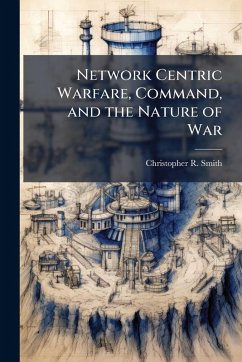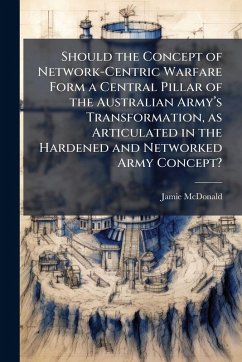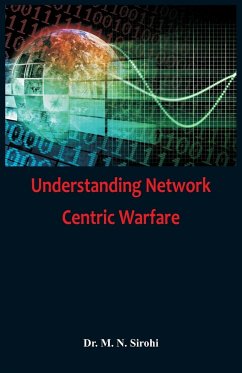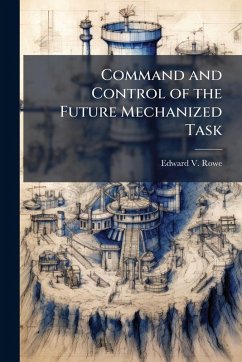
Modeling Network Centric Warfare With the System Effectiveness Analysis Simulation

PAYBACK Punkte
9 °P sammeln!
Significant technological advances over the past few decades have fueled the continual and rapid development of an information-based world. Network Centric Warfare (NCW) has become the buzzword of the young millennium within the Department of Defense (DoD) and is quickly becoming a popularly shared vision and rallying cry for force transformation among United States military leaders. An essential element in fully implementing this network-centric way of thinking is to develop useful measures to help gauge the effectiveness and efficiency of both our military networks and our strategic NCW doct...
Significant technological advances over the past few decades have fueled the continual and rapid development of an information-based world. Network Centric Warfare (NCW) has become the buzzword of the young millennium within the Department of Defense (DoD) and is quickly becoming a popularly shared vision and rallying cry for force transformation among United States military leaders. An essential element in fully implementing this network-centric way of thinking is to develop useful measures to help gauge the effectiveness and efficiency of both our military networks and our strategic NCW doctrine. The goal of this research is first to provide a comprehensive summary of the key literary works that have forged a foundational basis for defining NCW. Second, this work will utilize a System Effectiveness Analysis Simulation (SEAS) combat model, which represents a Kosovo-like engagement (provided by the Space and Missile Center), to serve as a tool in exploring the use of NCW metrics in military worth analysis. Third and last, this effort selects measures for the physical, information, and cognitive domains of NCW and analyzes the outputs from the Kosovo scenario that are pertinent to each domain in order to assess the usefulness of each metric. In the final analysis, the average target detection distance outputs and average communication channel message loading metrics chosen for the physical and information domains yielded mixed results and levels of utility, while the highly aggregated metric of target kills served as a useful, and yet rough, final metric for the cognitive domain. This work has been selected by scholars as being culturally important, and is part of the knowledge base of civilization as we know it. This work was reproduced from the original artifact, and remains as true to the original work as possible. Therefore, you will see the original copyright references, library stamps (as most of these works have been housed in our most important libraries around the world), and other notations in the work. This work is in the public domain in the United States of America, and possibly other nations. Within the United States, you may freely copy and distribute this work, as no entity (individual or corporate) has a copyright on the body of the work. As a reproduction of a historical artifact, this work may contain missing or blurred pages, poor pictures, errant marks, etc. Scholars believe, and we concur, that this work is important enough to be preserved, reproduced, and made generally available to the public. We appreciate your support of the preservation process, and thank you for being an important part of keeping this knowledge alive and relevant.












